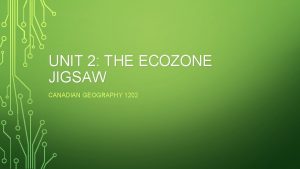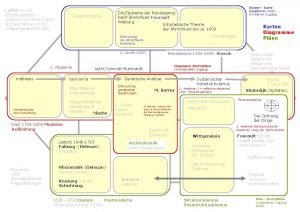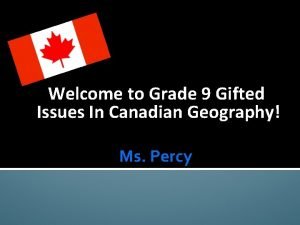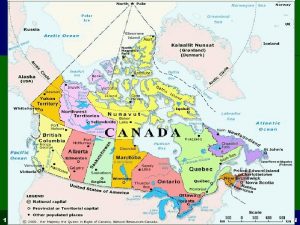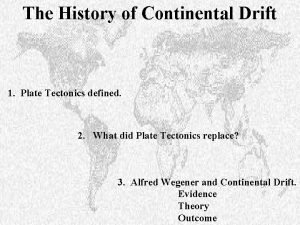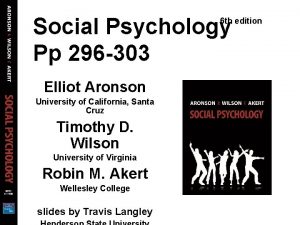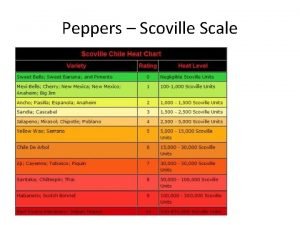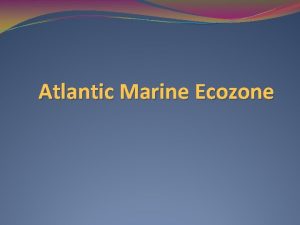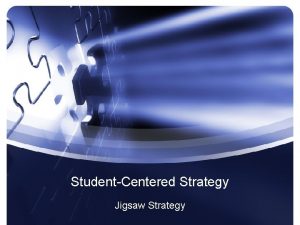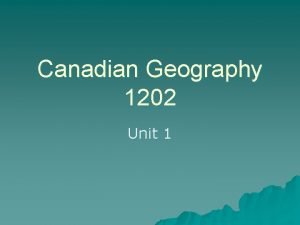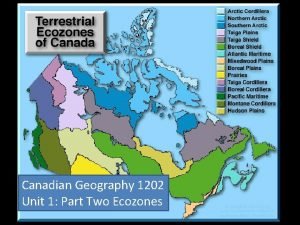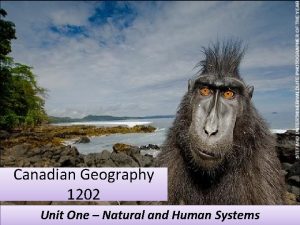UNIT 2 THE ECOZONE JIGSAW CANADIAN GEOGRAPHY 1202










- Slides: 10

UNIT 2: THE ECOZONE JIGSAW CANADIAN GEOGRAPHY 1202

ECOZONES • Ecozone: A region based on a combination of natural and human characteristics that are similar throughout. • Canada is divided into 20 ecozones • 15 Terrestrial (land regions) • 5 marine (ocean regions) • Geographers break Canada up into ecozones to help discuss Canada’s rich diversity • Without any one ecozone Canada is incomplete

ECOZONES • Habitat: the natural environment in which something lives • Ecozones indicate the habitat of the plants and animals within them • Ecology: the study of the interactions of living things with one another and with the non living parts of the environment. • Ecologists and geographers use ecozones to study the interactions within a ecosystem. Eg. How sunlight, and precipitation are related to the life in the forest.

CANADA’S ECOZONES

CHARACTERISTICS OF ECOZONES • Ecozones are multi-factor regions. • Multi-Factor Region: An area that is based on a combination of natural and human features that are the same throughout. • Some of the factors that are used to describe ecozones • Geology include: • Climate • Landforms • Wildlife • Humans • Soil • Natural Vegetation • Water

ARE ECOZONES USEFUL? • Ecozones help geographers organize their research. • Through looking at how all of the characteristics of an ecozone work together geographers are able to use systems thinking to address problems. • Ecozones are used by many government and non government agencies to study regions. • Ecozones can be used for everything from planning for resource extraction to managing pollution.

HUMANS AND ECOZONES • People affect nature and can affect it in different ways-this is why ecozones include humans and their activities • Humans are accelerating the pace of change in ecozones • Humans cause serious and sometimes irreversible damage. (smoggy air, polluted water, disappearing forests and animals, collapse of fisheries)

BIODIVERSITY • Biodiversity: The diversity of species of life on earth. • Ecozones display biodiversity, they are all different. • Some are more diverse than others. • Observing the different species that occur in various ecozones provides a lot of information as to what is happening within the boundaries.

SEPARATING ECOZONES • Boundaries: Lines drawn on a map that separate one feature from another • The change from one ecozone to another is a gradual one. • When you see a boundary on a map of ecozones it acutally marks a transition zone • Transition Zone: Where the characteristics of one feature gradually blend into those of the next

ACTIVITY: • Complete questions 1 -5 on page 105 • Complete these questions and be prepare to discuss in class next day.

